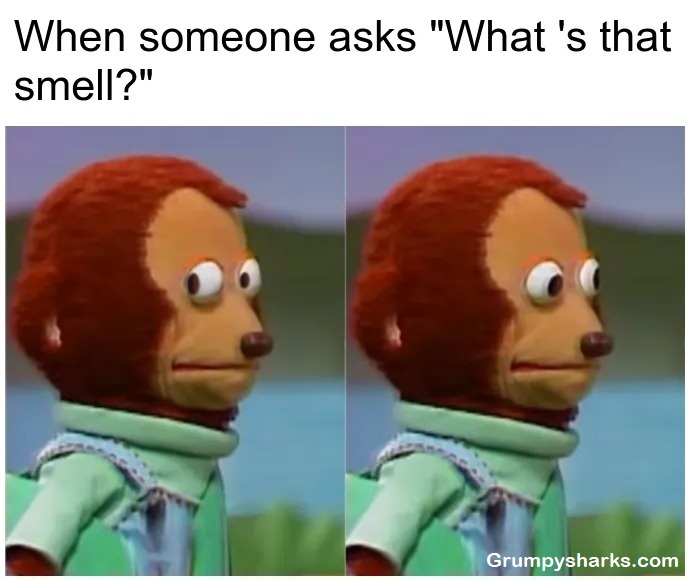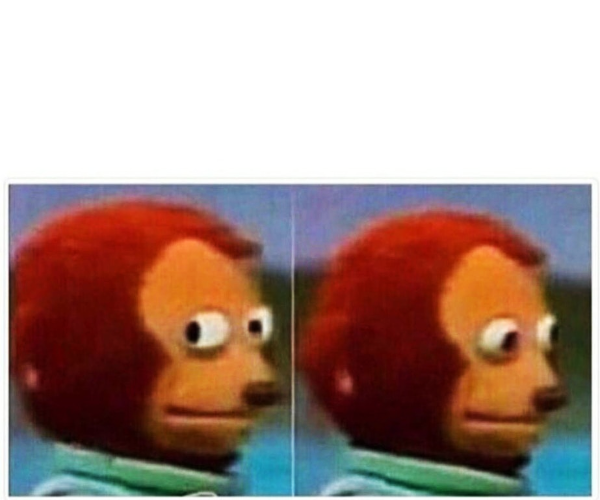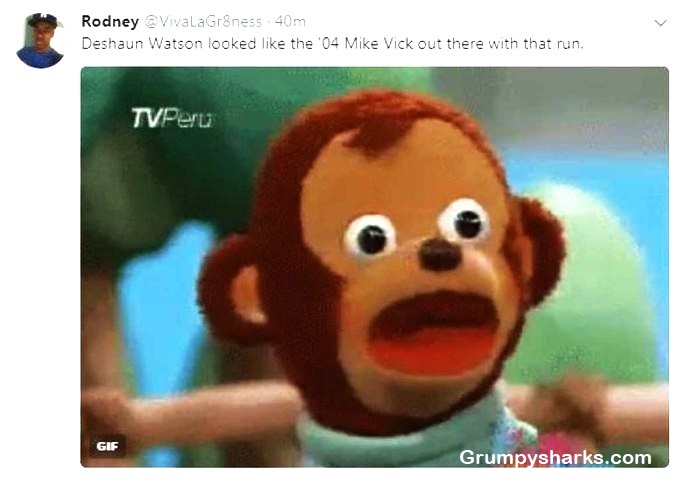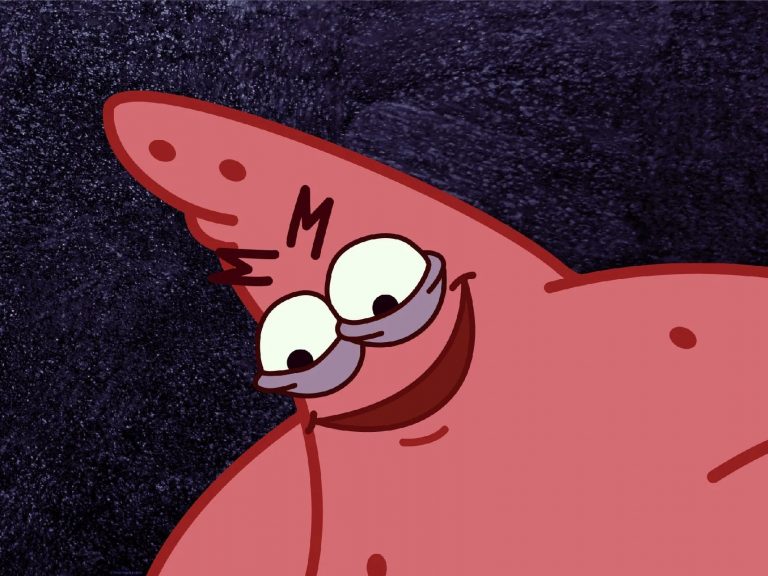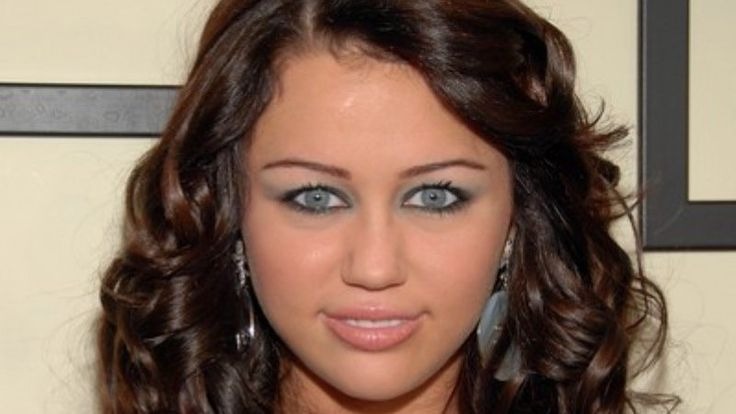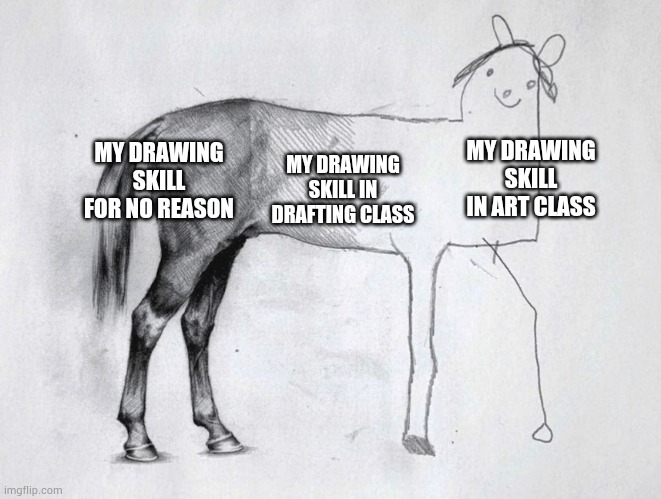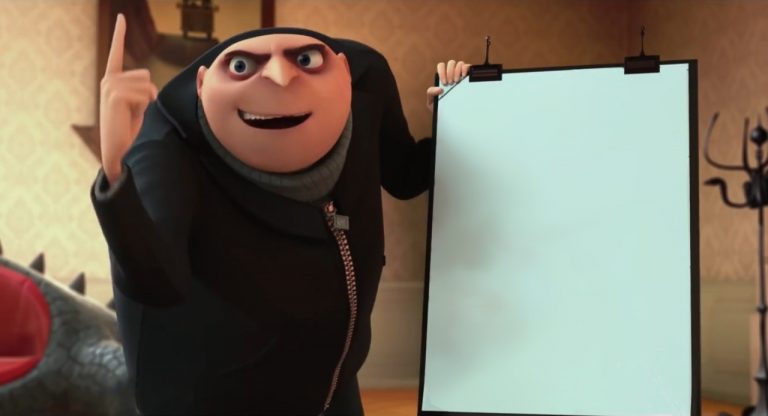Monkey Meme Meaning And Origin Explained — Template and Viral History
The Monkey meme has become one of the internet’s most recognizable reaction images, known for its clever use of simple yet expressive templates. This article breaks down the most common formats—like the classic two-panel side-eye—and explains how captions transform these images into perfect tools for conveying awkwardness, guilt, and silent judgment.
Whether as static images or looping GIFs, the meme’s flexibility makes it ideal for capturing those “caught off guard” moments in online conversations. If you’ve ever wondered why this cheeky puppet keeps popping up everywhere, this guide will walk you through the templates that keep it so popular and relatable across social media.
#1 What Is the Meaning and Usage of the Monkey Puppet Meme?
\
The Monkey Puppet meme—sometimes called the Awkward Look Monkey—is a popular reaction image and GIF featuring a puppet with a surprised, side-eyed expression. It’s widely used to convey feelings of shock, awkwardness, or discomfort, especially in moments where someone is caught off guard or trying to dodge blame. Often, it highlights situations where one person gets verbally owned or called out, making it the perfect visual for silent, awkward reactions or “oh no” moments in conversations.
#2 What Is The Origin of the Monkey Puppet Meme?
The puppet comes from a Japanese children’s TV show called Ōkiku naru Ko (“Growing Children”), which first aired on April 7th, 1959, and ran until March 18th, 1988. The show also aired in Latin America, where it was dubbed into Spanish. The main puppet character, named Kento in Japanese and “Pedro” in Spanish, is the monkey you see in popular reaction images and GIFs today.
The character gained early popularity online within Spanish-speaking communities under the phrase “No ahora, por favor” (“Not now, please”), often used to humorously express awkward or inconvenient situations. This caption perfectly captured the puppet’s side-eye expression, making it a perfect fit for those moments when you want to say “uh-oh” or “not right now” without words.
Later, around 2016, English-speaking users began sharing the meme on platforms like Reddit, Tumblr, and Twitter, spreading its popularity even further. A notable boost came from Twitter user @ultkjongin, whose post helped the meme go viral in the English-speaking internet. Since then, the monkey puppet has become a go-to reaction image for awkward, surprised, or uncomfortable moments online.
#3 What Are the Common Monkey Puppet Meme Templates?
The Monkey Puppet meme usually comes in a simple two-picture format:
-
The first picture shows the puppet looking straight ahead with a calm or confused face.
-
The second picture catches the puppet glancing sideways with an awkward, nervous side-eye.
That quick switch perfectly sums up those moments when you feel embarrassed, caught off guard, or just don’t want to deal with something. It’s like the puppet’s saying, “Oops, did I just mess up?” without using any words.
People often add captions to each picture, showing what someone says versus what they’re really thinking, or highlighting those awkward situations we all face. Sometimes it’s about being caught lying, other times it’s just silently judging something weird.
You’ll see this meme both as static images and as short GIFs where the puppet slowly looks sideways again and again—making the awkward vibe even funnier.
#4 How the Monkey Meme Spread on the Internet
The Monkey Puppet meme began its journey to internet fame on March 31st, 2016, when YouTube user TobiSilvero uploaded the original clip that sparked the meme’s rise. Although this video has since been deleted, it set the foundation for what was to come.
By early April 2016, the meme caught the attention of Spanish-language media, with the site t13.cl covering it on April 8th. Then, on June 23rd, 2016, a GIF capturing the puppet’s iconic expression was uploaded to Giphy, making it easier for users to share and reuse.
The summer of 2016 saw the meme crossing over into English-speaking internet communities. On July 1st, Twitter user @ultkjongin posted the GIF in response to a story about Staples mocking a necklace made by Kris Jenner. This reaction was even mentioned in The Daily Mail’s roundup of social media responses.
Later that year, on November 2nd, a version of the monkey character was shared on Reddit’s /r/MemeEconomy, earning significant upvotes and further spreading its popularity.
Other viral posts include a Tumblr share by user toggenburg, who joked that the word “gullible” looks the same upside down—a post that racked up over 47,000 notes. On Twitter, user @DimitriaKimill gained hundreds of retweets with a Game of Thrones joke paired with the monkey image, showing how versatile and beloved the meme had become.
#5 Why Monkey Memes Went Viral and Why They Still Matter?
Monkey memes have taken the internet by storm thanks to three main reasons: how relatable their emotions feel, how easy they are to share on different platforms, and their ability to symbolize complex feelings simply. These factors combined have made monkey memes a favorite way to express humor and social commentary online.
- First, monkey memes often show primates making human-like facial expressions—like confusion, embarrassment, or surprise—that people instantly recognize and relate to. Our brains are naturally wired to respond to these expressions, which makes the memes feel more personal and emotionally engaging.
- Second, monkey memes work well across many formats: static images, GIFs, short videos—you name it. This flexibility makes them easy to spread on popular platforms like TikTok, Instagram, and Twitter. Research shows that content with clear emotional messages and fresh visuals is much more likely to be shared widely, helping monkey memes blow up.
- Third, these memes act like simple symbols for awkward moments, impulsive behavior, or everyday social struggles. People use them to make jokes or quietly comment on society’s quirks, turning a funny monkey face into a clever piece of digital satire.
In short, monkey memes remain popular because they connect with basic human emotions, adapt smoothly across the internet, and give users a fun way to share social observations. That’s why these cheeky primates still hold a special place in online culture.
#6 Conclusion
The Monkey Puppet meme’s simple yet expressive templates have made it a timeless favorite for sharing those uncomfortable, awkward feelings we all experience. Whether it’s the iconic two-panel side-eye or a looping GIF, these images capture silent reactions perfectly. By adding clever captions, users turn everyday moments into relatable humor that resonates across the internet. Understanding these templates helps explain why the Monkey Puppet meme remains one of the most versatile and beloved reaction memes online.

